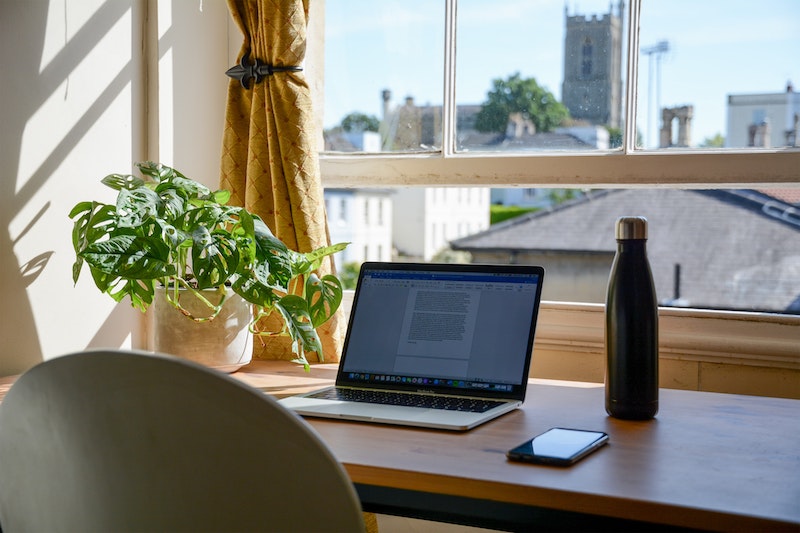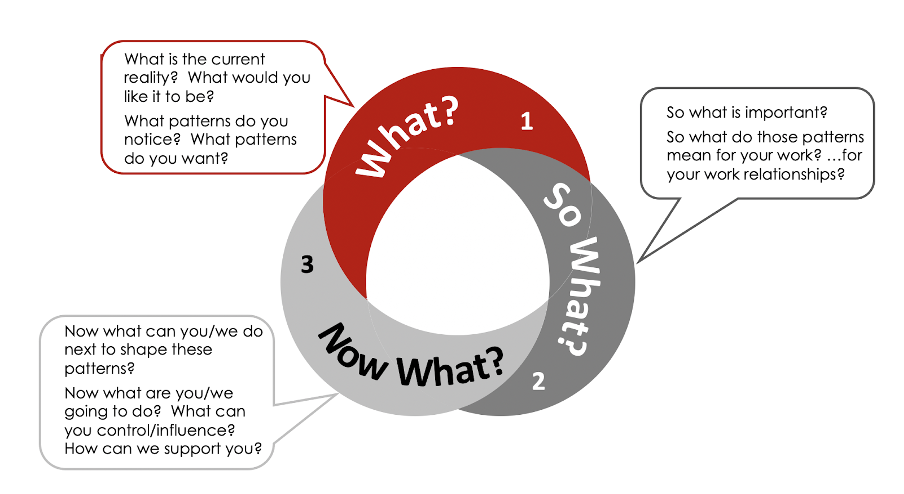
Working from home and beyond; the critical pivot point for bosses
In our previous blog, we spoke about how the rabbit is out of the bag – everyone is working at home – and any attempt to put it back in the bag by removing much autonomy will be fought with great risk!
When asked about the essential leadership qualities for COVID times, Katarina Berg, CHRO of Spotify shared the following at a recent People Matter’s TechHRSG conference (Sept ‘20)…
“To be honest, it’s the same things as per normal times, but all this was put under more pressure and we need to accentuate.”
She went on to suggest the following – always be empathetic (if not more), acknowledge a few things like not knowing all the answers or never having been in this situation before, be very present but in a new format (i.e. over a screen), and do regular check ins in new and different ways.

Her point around accentuating various aspects of one’s leadership is wisdom. However, if one’s leadership practice has weaknesses in it, or one has practices which gloss over important aspects of leading, cracks will appear. For example, if you have relied on sensing how your people are by looking around as you walk to your office in the mornings, you may struggle when in a remote situation. Tendencies to check in more often may result in employees feeling micromanaged and watched. Where, the intention to really care for and ensure your employees’ well-being may need new and refined leadership-related skills.
At the centre of all of this is the tension that presents itself when faced with uncertainty and ambiguity (and change that is unpredictable) – and potentially pressure from above in the organisation – we move towards wanting to take more control in order to minimise risk. We cannot help ourselves. It pulls us in the opposite direction to where our leadership skills need to take us.

Change has been happening in some organisations
Now, into the third webinar, “Rethinking Work”, in the “Reshaping Australia Dialogues” series hosted by the Australian Financial Review, Athalie Williams, the President Human Resources, BHP shared that they were starting to think about office space as a resource and as such would ask the question “how should we best use this resource?”.
She also went on to say that they encourage their people to “work where you get great outcomes” and then give the team the choice to figure this out.
The CEO of Telstra, Andrew Penn, shared that Telstra rolled out “All Roles Flex” in March 2014 and indicated “it’s the manager’s responsibility if an employee wanted to work flexibly”.
Of course, BHP and Telstra are fairly large companies and it has to be said that there would be a strong influence from the Australian workforce dynamics where, for example, there is one of the largest percentage of part-time workers in the world. So flexibility had been considered for a long while, though not all companies get it right.
This all said, these organisations would not be alone in their considerations and their expectations that their managers have more control than many feel they may have.

A Possible Response for a Manager
If you are a manager who would like to stop and review how you might be going at this time, here is a process you can go through.

1. What?
Take time to describe what is happening around you and within you. Describe your behaviour and that of others (your team, your boss(es) and organisational stakeholders).
- Describe interactions between you and others, and describe interactions between others.
- Describe the style and language of emails, video calls and conference calls (e.g. videos on or not, etc.).
- Describe the content – what’s in and what is not.
- Describe how you feel and which emotions are present in which situations.
- What are you enjoying and what are you missing?
- What is getting done and what isn’t?
- What takes most of your attention?
- What stories run around in your head?
- What are your hopes and fears?
Describe what is happening, what is not happening and describe, separately, what you would want it to be. Look for patterns. Think hypotheses. Be curious and just describe while resisting the temptation to conclude, make assumptions or any analysis. That will come later.
2. So What?
What’s really important here, and how do the patterns you are seeing impact the importance? Take time to consider this. Don’t rush it.
Remember,
Leadership is not a rank, it is a responsibility. Leadership is not about being in charge, it is about taking care of those in your charge. And when we take care of our people, our people will take care of us.
~Simon Sinek
3. Now What?
So, after you have considered what is important as well as the emerging patterns from what you have observed around you and within, some questions worth considering would be:
- How might I move the dial on what’s important?
- How can I keep giving my people “choice” while also delivering results?
- How can I identify the behaviours of mine that potentially give my people the sense of distrust and micromanagement?
- What aspects of my leadership have I relied on in the past and are now not helping me?
- Which micro-skills could help me, as a manager, at this time of uncertainty?
Personal reflection is important and identifying something that you can tangibly work on would be helpful to you. In addition, shining the light of researched wisdom may help shape your thoughts further and this will be the subject of my next blog.
If you’d like to discuss how we can embed this into your organsation, please contact me here.
Enjoyed this? Keep reading…


No Comments